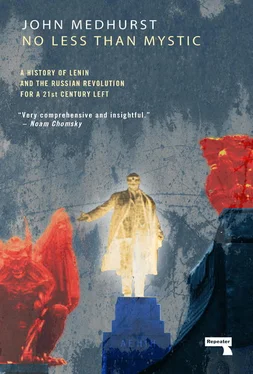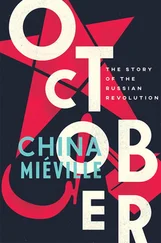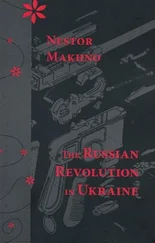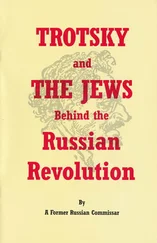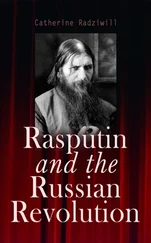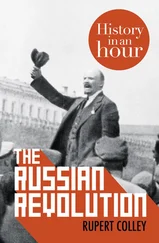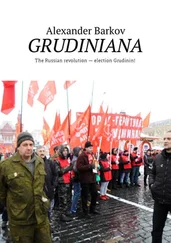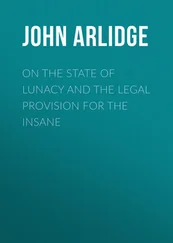The key issue at the Congress was whether to prioritise underground conspiratorial work, as the Bolsheviks wished, or legal trade union organising and working within the Duma, as the Mensheviks desired. Axelrod urged the party drop its boycott of the Duma, which had led to the RSDLP not standing in the first round of elections. He described the Bolshevik policy of violent insurrection as “a conspiratorial-insurrectionary mixture of anarchist and Blanquist tendencies, dressed up in the terminology of Marxism”. 22A large majority of the congress agreed to contest the second round of Duma elections. Lenin, surprisingly, sided with the majority. As the revolutionary tide receded he saw in the Duma new opportunities for propaganda, and he formed a temporary alliance with the Mensheviks to agree that approach.
Lenin’s biggest setback at Stockholm was the overwhelming condemnation of the Bolsheviks’ most notorious policy–the “expropriations” (armed bank robberies) used to fund the separate Bolshevik political organisation within the RSDLP. The Congress unreservedly condemned the expropriations and demanded that they cease. Lenin gave vague assurances this would happen but had no intention of giving up a source of funding for his shadow structure within the RSDLP. Nor would he abandon those Bolsheviks who carried out the actions (including the notorious Georgian bandit “Koba”, later to take on the revolutionary alias “Stalin”). As a result of these defeats, Lenin’s authority took a severe blow and the Bolsheviks were reduced to three seats on the party Central Committee to the Mensheviks’ seven.
But the most serious and existential threat to the revolutionary left–whose central message was that it offered the only possible response to an immovable, autocratic semi-feudalism–was that presented by the policies of the last great statesman of Tsarist Russia, Pyotr Stolypin, Prime Minster from 1906 to 1911. As Governor of Grodno Province, Stolypin had set up field court martials to arraign and summarily execute peasants who participated in land seizures during the 1905 Revolution. As Prime Minister he oversaw a ruthless suppression of radical parties and trade unions during 1907 which jailed up to 60,000 people. Despite this, he was intelligent enough to see that only innovative and meaningful reforms would provide the autocracy with the social base it needed to survive future challenges.
Stolypin’s agrarian reforms were designed to abolish the powers of the communal Mir–which for all its flaws allocated strips of land according to familial and social criteria in the manner of the Open Field System long-since vanished in England and France–in favour of private land holdings. To assist the process, he created a Peasant Bank to make loans to peasants who wished to remove themselves from the Mir and own their own plots. This was accompanied by other measures to tie the peasants to Russian capitalism. Stolypin proposed, but never fully implemented, an extension of legal rights including participation in the Zemstvos based on individual property ownership, a reformed police force and improved local schooling. He was described by a contemporary as “an enlightened absolutist” 23who combined far-sighted practical reforms with autocratic methods. But these methods lost him the support of the Kadets, whilst conservatives saw him as a provincial upstart who wished to overturn the accepted rural order.
The threat that Stolypin’s reforms might attract liberal and peasant support and defuse the possibility of revolution symbolised the RSDLP’s greatest dilemma in the pre-war years. The defeat of the 1905 Revolution raised painful questions. Would the Russian Revolution really be a classic Bourgeois Revolution? Would the relatively tiny Russian proletariat have to assume the leading role and begin a socialist revolution which would then spread to heavily industrialised Europe? Lenin felt this was the obvious conclusion. But although he was an intelligent man who lived for many years in London, Paris and Geneva he remained in many ways a provincial Russian intellectual. When living in European capitals he seldom engaged with their cultural life or made any attempt to play a role in their trade union or socialist movements. As such he had little to no feel for Western Europe’s social and political reality in the decades before the First World War.
That reality was complex. It was not that there were no battles left to fight. The European ruling class–aristocratic, landowning, industrial, mercantile or a mixture of all these–did not concede political or economic power without a struggle. The 1893 Belgian General Strike, in which soldiers shot dead twelve strikers, had demonstrated that. Other battles such as the Italian General Strikes of 1904 and 1906 and the brutal Dublin lock-out of 1913 would demonstrate it again. France gained a Sunday rest law and the beginnings of old-age pensions in 1900 only over the bitter resistance of French employers, and from 1906 Clemenceau’s radical government dispatched troops to break strikes with as much alacrity as its conservative predecessor. This was pure class warfare and it could not be fought without the brave and selfless work of dedicated activists within the socialist and labour movement.
Yet there was a profound contradiction at the heart of this movement. In theory, European socialist parties believed in the desirability and inevitability of social revolution, as explained by Marx and Engels and elaborated by the great Marxist theorists of the Second International Karl Kautsky, August Bebel, Rudolf Hilferding and George Plekhanov. But in practice the labour movement could not and did not confine itself to preparation for revolution, for “as a movement on behalf of the working class it needed working class support, which could only be obtained by showing practical results”. 24Hence the chosen compromise of most European socialist parties, including the German SPD, which paved the way for all the rest–a Maximum Programme of revolutionary demands which functioned as an ideal, and a Minimum Programme of social and economic reforms to be wrested from the state by mass agitation and political campaigning. Despite the revolutionary rhetoric of its leaders and official journals of Marxist theory devoted to fine points of philosophy, it was the Minimum Programme into which the socialists put most of their effort and that motivated the majority of working-class supporters.
The socialist and trade union movements had their revolutionaries, but were not themselves revolutionary. It was so in 1880 and it is so now. Though socialists may wish it otherwise, the vast majority of union members do not see trade unions as vehicles for political action. Union leaders know this and often use the lack of revolutionary sentiment amongst members to defuse any radical trade unionism or any effective fight to protect rights, terms and conditions. They cite the failure of those rare attempts to use industrial action politically, i.e. not just to resist attacks on working conditions but to alter the wider political landscape–most especially the British Miners’ Strike of 1984-85–as a reason to take no stand against oppressive, anti-labour governments at all.
To this day, British socialists and trade unionists find it hard to acknowledge that the 1984-85 Miners’ Strike was badly led and an almost inevitable disaster for the NUM and the wider union movement. Many feel that even to suggest this shifts the blame for the destruction of the NUM and of mining communities from where it belongs–Margaret Thatcher’s government–and disrespects the sacrifices of the miners and their families during the strike. But the blame is and always will be on Thatcher. The miners fought like heroes in what Paul Foot called “the greatest act of sustained defiance in the history of British labour”. 25The government’s case that it needed to shut uneconomic pits was revealed as utter hypocrisy when, after the strike, it proceeded to close fully economic pits as well. Its strategy was to engineer a strike and then use new anti-union laws to crush the miners and their union. Having provoked a strike when coal stocks were high, it then denied striking miners’ families benefits in an attempt to starve them back to work. It used the police as a para-military attack force, sealing off pit villages and assaulting miners and their supporters with impunity. At Orgreave the police launched a mass attack on pickets, the footage of which a compliant bbc reedited to infer that the miners had attacked first.
Читать дальше
